Over the last three decades, the architect and designer Mario Bellini has visited the renowned Venini glassmaking factory several times. In collaboration with its master glassblowers, he has explored the aesthetic potential of glass as a way of gaining inspiration for his architecture. The unconventional products of this collaboration – currently on show at the Murano Glass Museum – are a series of vases or vase-like creations that play with the ways in which glass can capture light, and suggest the liquid in the solid.
Bellini has designed the interior staging of numerous exhibitions, in museums from the Met in New York to the Palazzo Ducale in Venice. He has learnt how to exploit glass casing to show artefacts to their best advantage, and his touch is apparent in the effectiveness of the present display. His creations are arranged chronologically by collection across the glass surface of a cabinet that stretches the length of the exhibition hall. Lamps within the cabinet shine up through the glass and bring out the objects’ glowing colours.

Vase from the series ‘Sogni Ifranti’ (1992), Mario Bellini. Museo Venini, Venice
One striking early collection is the ‘Sogni Infranti’ (1992). These are transparent glass vases (or in one case, a fruit stand), to the top of which a carefully chaotic arrangement of polychrome ritagli (‘scraps’), rescued from Venini’s recycling boxes, has been fused, so as to suggest that they are melting into the surface.
The ‘Evasioni’ (1993) are a series of stacked pots in blues, ambers and reds that look as if they are about to collapse into one another, the transparent handles appearing almost to drip down the sides. The series illustrates Bellini’s interest in using glass to create ‘peculiar asymmetries’, and conveys a pleasingly disconcerting sense of instability and fluidity.
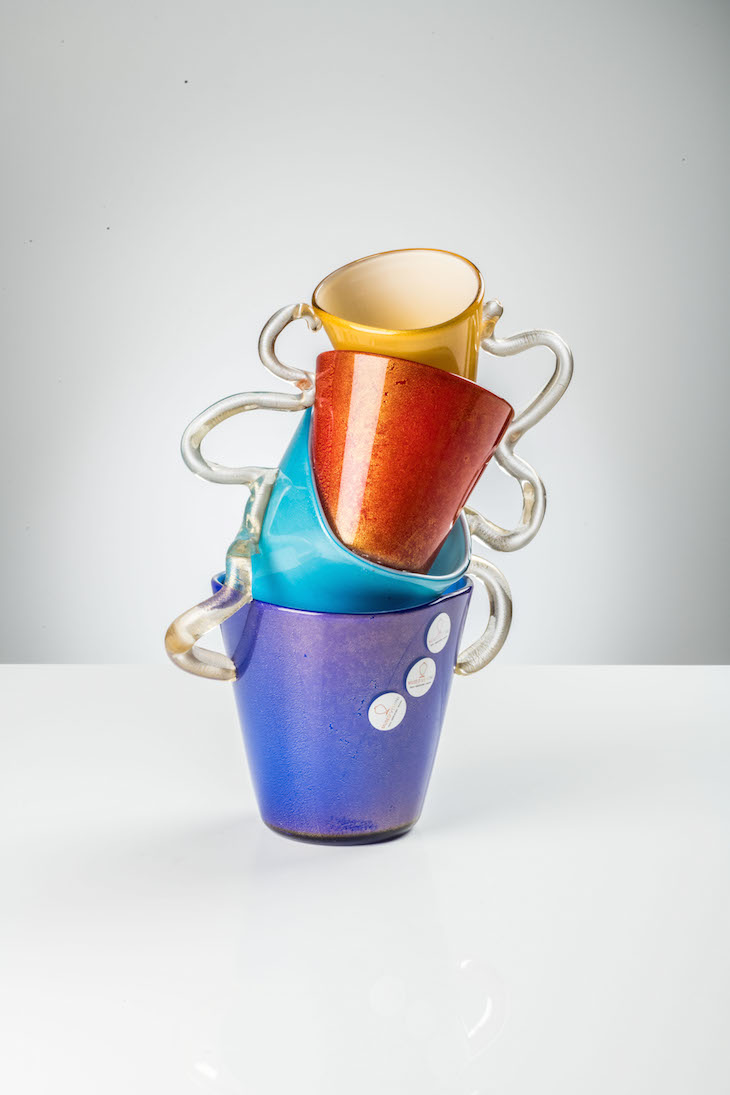
Vase from the series ‘Evasioni’ (1993), Mario Bellini. Museo Venini, Venice
None of the objects on display was intended to be reproduced commercially, according to Chiara Squarcina, the director of the museum. Looking at them, one can see why. For one thing, they are self-evidently experiments: steps in a creative process rather than ends in themselves. For another, they are perhaps impractically heavy. In particular, the thick, twisted vases in opaque black, red and blue from the ‘Torcia’ series (2018) almost resemble steel more closely than glass.
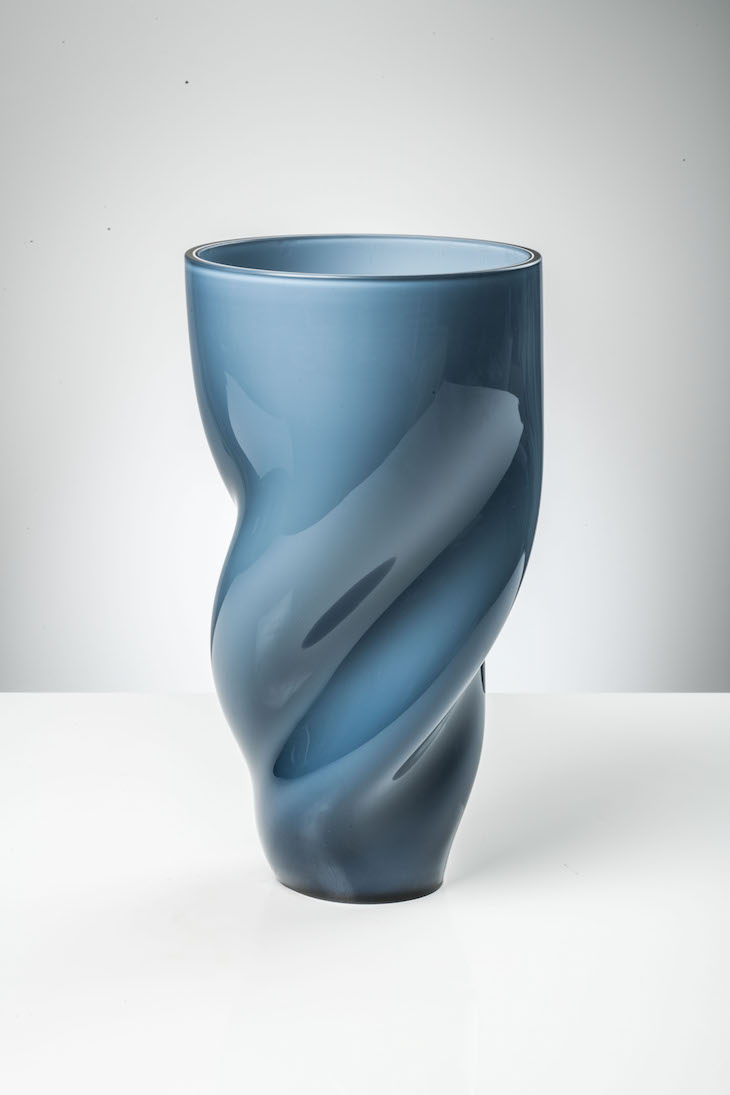
Vase from the ‘Torcia’ series (2018), Mario Bellini. Museo Venini, Venice
The premise of the exhibition, as indicated by its title, is that Bellini’s experiments in glass have influenced and inspired his development as an architect. In practice, however, more effort could have been made within the exhibition to trace the path of this influence. Reference to Bellini’s architectural projects, such as his design for the galleries in the Department of Islamic Arts at the Louvre, is confined to a small display at one end of the hall containing a few exhibits such as photographs and textured window samples, and a video. Visitors are left to divine what the precise connections might be for themselves, with the aid of somewhat oracular quotations from the artist: ‘Glass is for me lightness, transparency, magic.’
The opening of the exhibition was an inaugural event at Venice Glass Week 2018, the aim of which has been to generate more publicity for the city’s glassmaking industry. In Squarcina’s view, the future of the industry lies in encouraging artists with an international reputation, like Bellini, to come to Murano and collaborate with its glassblowers. There is still value, she insists, in techniques that can only be learnt by practical experience handed down from generation to generation. The artists, for their part, may be able to bring to Venetian glass just the breath of fresh air the industry needs.
‘Mario Bellini a Murano: The Architecture of Glass, The Glass of Architecture’ is at the Museum of Glass, Murano, until 3 March 2019
Unlimited access from just $16 every 3 months
Subscribe to get unlimited and exclusive access to the top art stories, interviews and exhibition reviews.

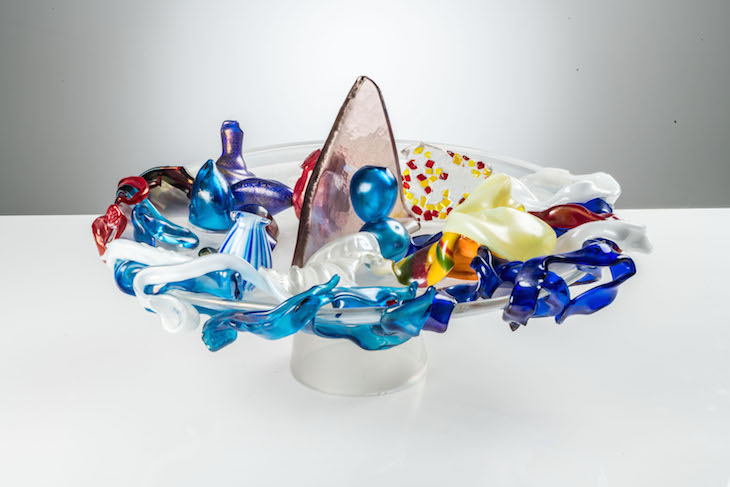
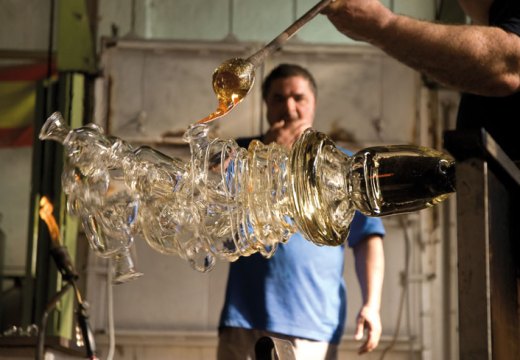
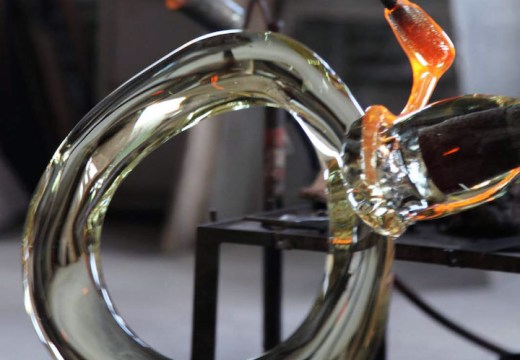
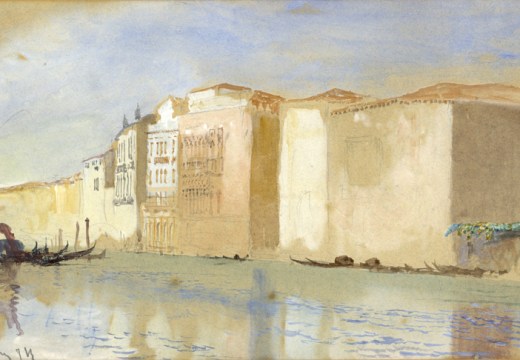









![Masterpiece [Re]discovery 2022. Photo: Ben Fisher Photography, courtesy of Masterpiece London](http://www.apollo-magazine.com/wp-content/uploads/2022/07/MPL2022_4263.jpg)
Has arts punditry become a perk for politicos?